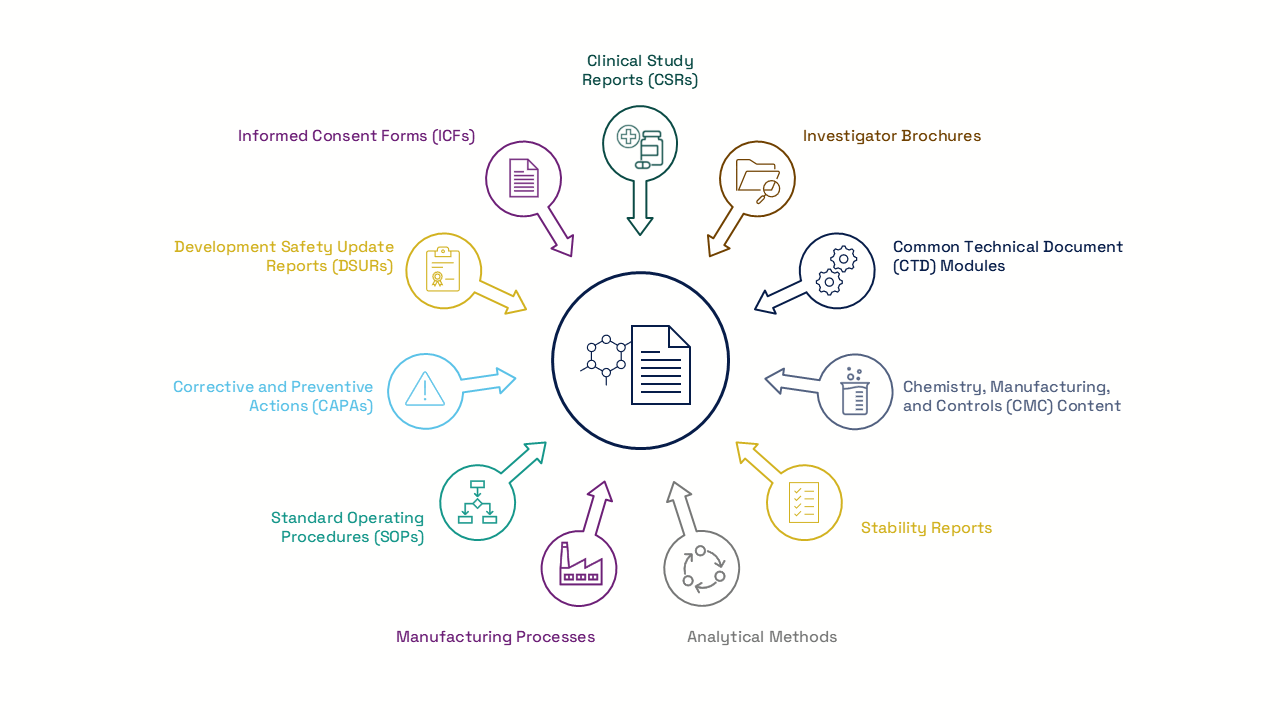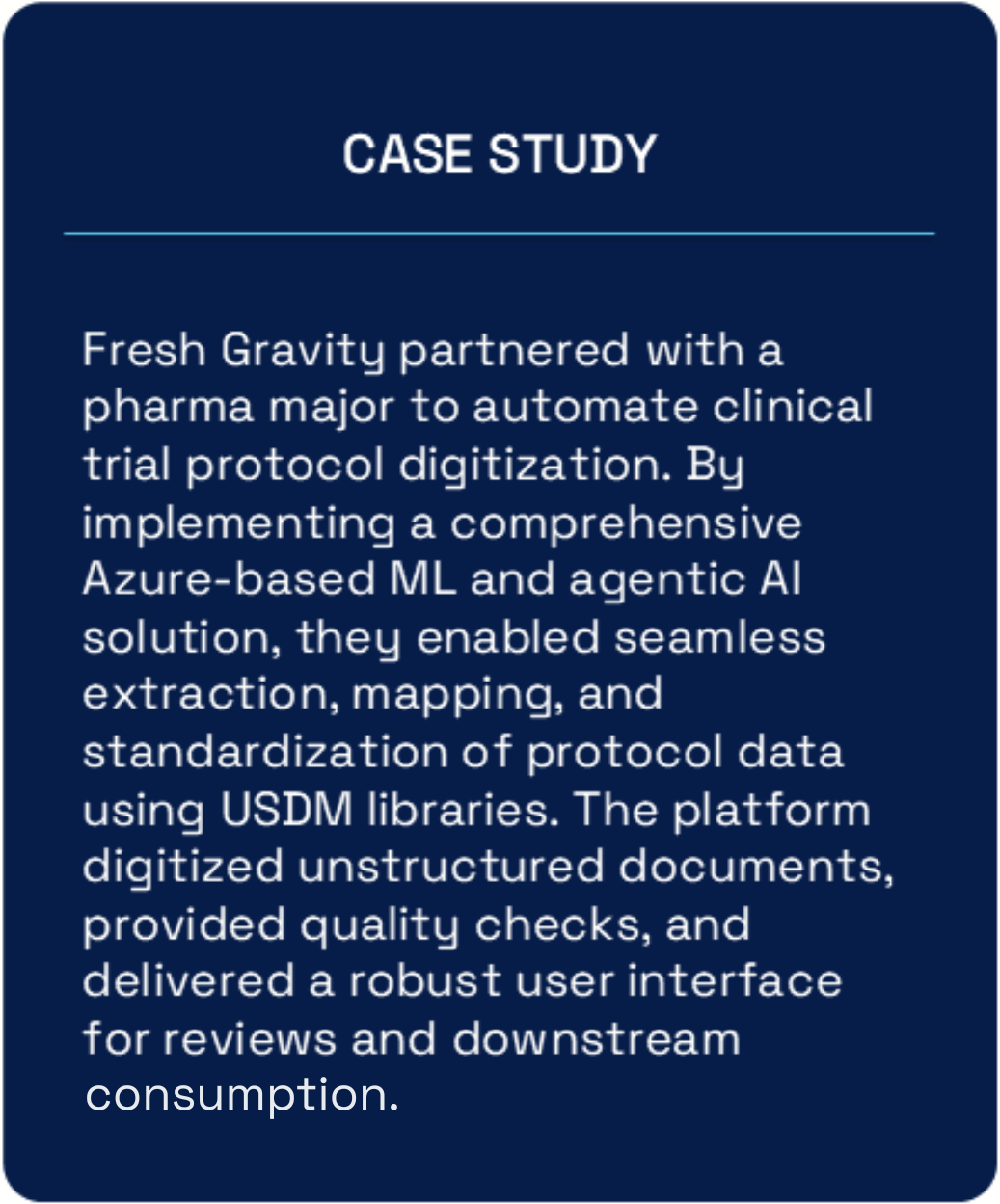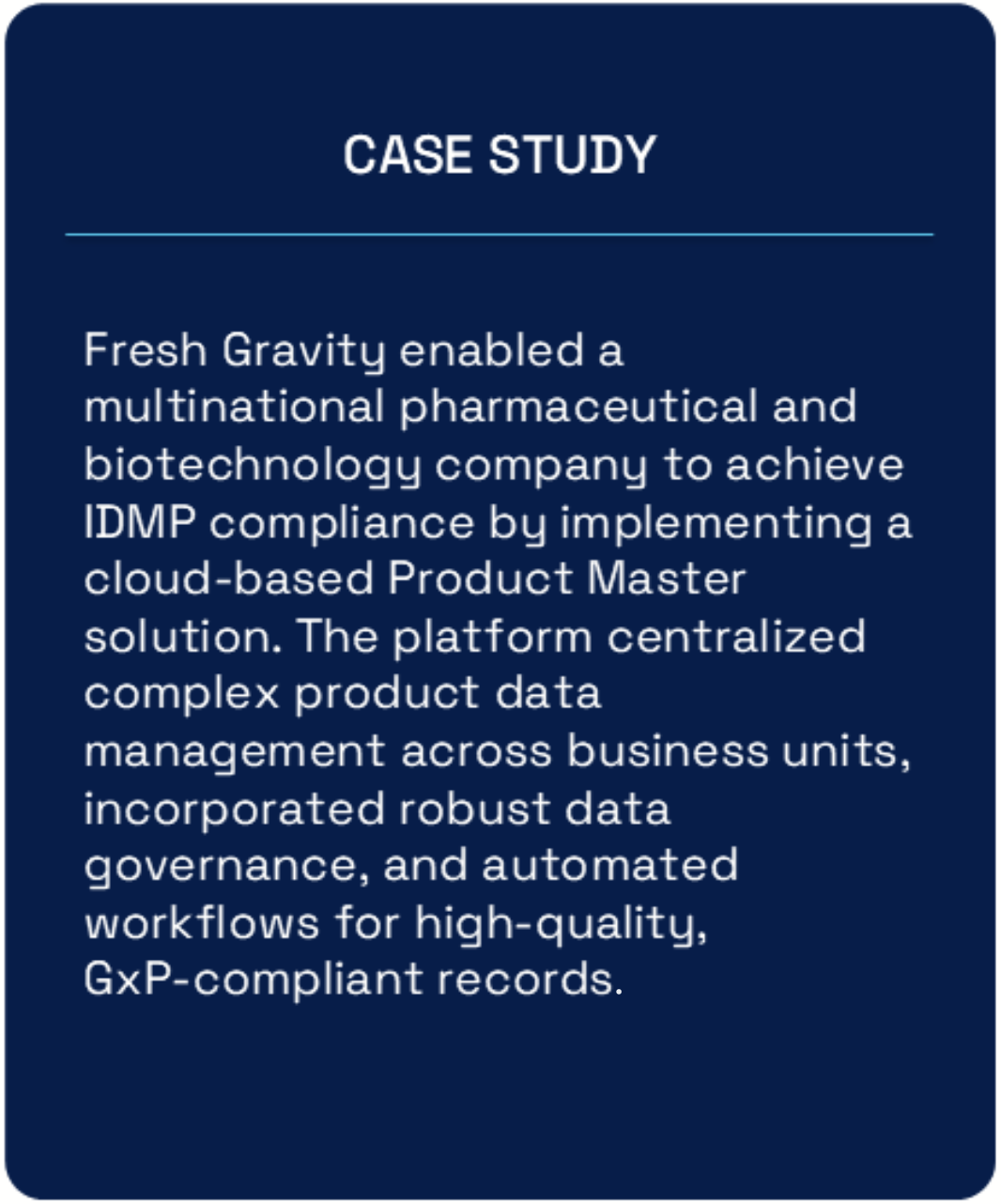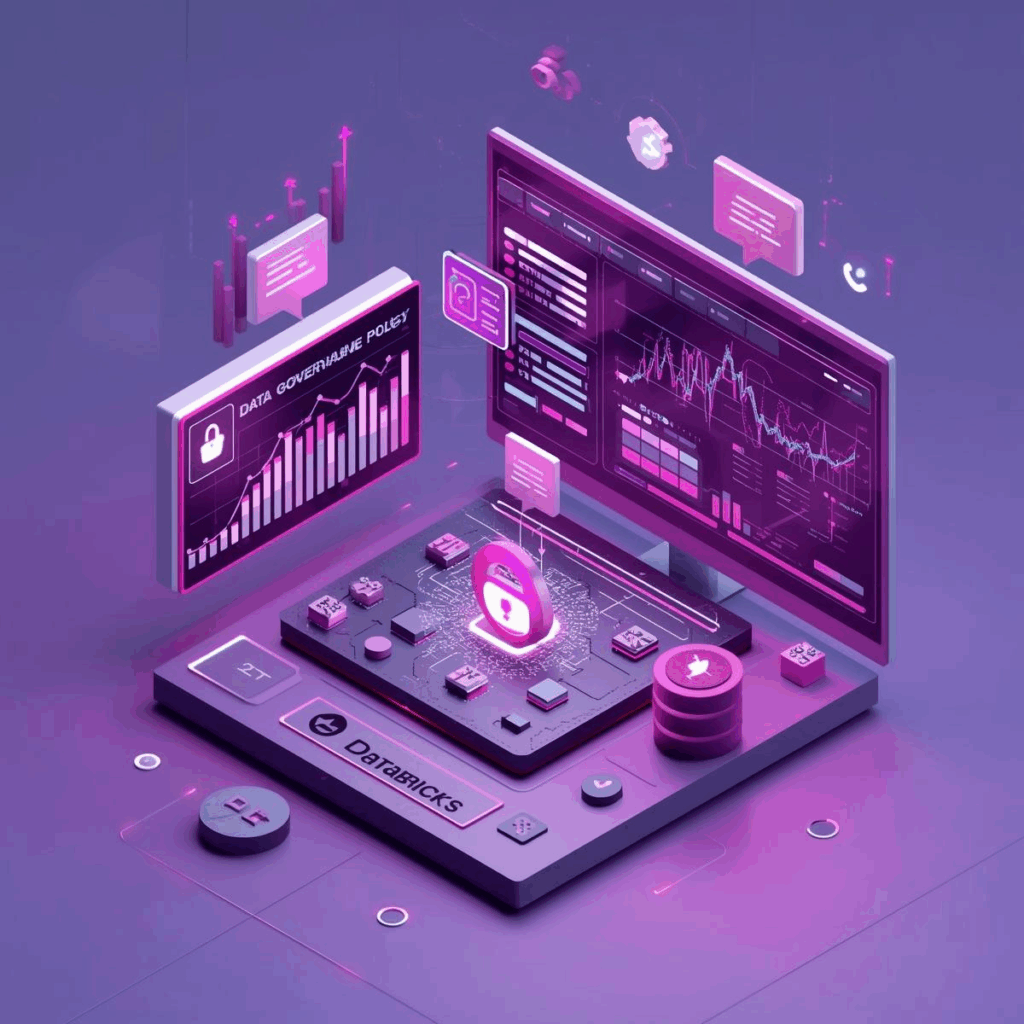Written by Colin Wood, Strategy & Solutions Leader, Life Sciences
Regulated drug development is inherently document-centric, requiring a vast array of structured documents to support regulatory submissions and maintain licenses.

With the rise of Generative AI tools like ChatGPT, Copilot, Gemini, and Claude, organizations now have unprecedented capabilities to process, summarize, and generate documentation. At Fresh Gravity, we believe it is imperative for biopharmaceutical companies to embed generative AI into the authoring and review of regulated documents - not just for efficiency, but as part of a broader digital transformation strategy. We present below the specific
...
Written by Colin Wood, Strategy & Solutions Leader, Life Sciences
Regulated drug development is inherently document-centric, requiring a vast array of structured documents to support regulatory submissions and maintain licenses.

With the rise of Generative AI tools like ChatGPT, Copilot, Gemini, and Claude, organizations now have unprecedented capabilities to process, summarize, and generate documentation. At Fresh Gravity, we believe it is imperative for biopharmaceutical companies to embed generative AI into the authoring and review of regulated documents - not just for efficiency, but as part of a broader digital transformation strategy. We present below the specific ways in which we see this playing out over time:
1. Leverage Data - Centric Authoring with USDM
The most transformative opportunity lies in adopting the CDISC Unified Study Definitions Model (USDM) to digitize clinical protocols. This enables automated generation of downstream documents such as CSRs and CRFs, directly from structured protocol data. It also supports reuse of protocol components across studies, accelerating authoring, and reducing errors. Fresh Gravity’s lifio.ai platform offers the technology and expertise to implement USDM-driven processes.
2. Extend AI to Non - Clinical Documentation
3. Unlock System - Wide Digital Integration
USDM doesn’t just support document generation - it enables integration across clinical systems. EDC platforms require CRF templates; CTMS systems need to study metadata, and SDTM mappings depend on protocol structure. Fresh Gravity’s deep experience in clinical system integration ensures that digital protocols can drive automation and interoperability across your ecosystem.
Learn more about Expert consulting services at Fresh Gravity.
4. Invest in Agentic AI for Strategic Decision Support
Beyond documentation, AI agents can support predictive analytics, decision - making, and operational intelligence. Fresh Gravity’s
AiDE (Agentic Intelligence Data Engineering) platform combines generative AI with structured data to deliver scalable, strategic transformation.
5. Prepare for CMC Digitization
Ready to Engineer Your AI Program?
We don't just talk strategy; we build the data backbones required to make AI programs compliant, scalable, and successful.
If you'd like to discuss the specific data engineering challenges of your clinical pipeline, explore a tailored demo of our platforms, or align your current roadmap with future AI capabilities, reach out to our experts today.
Forward this to a colleague or partner who needs to solve the data engineering challenge before launching their next AI initiative - we’re here to help them build it right

.png)









